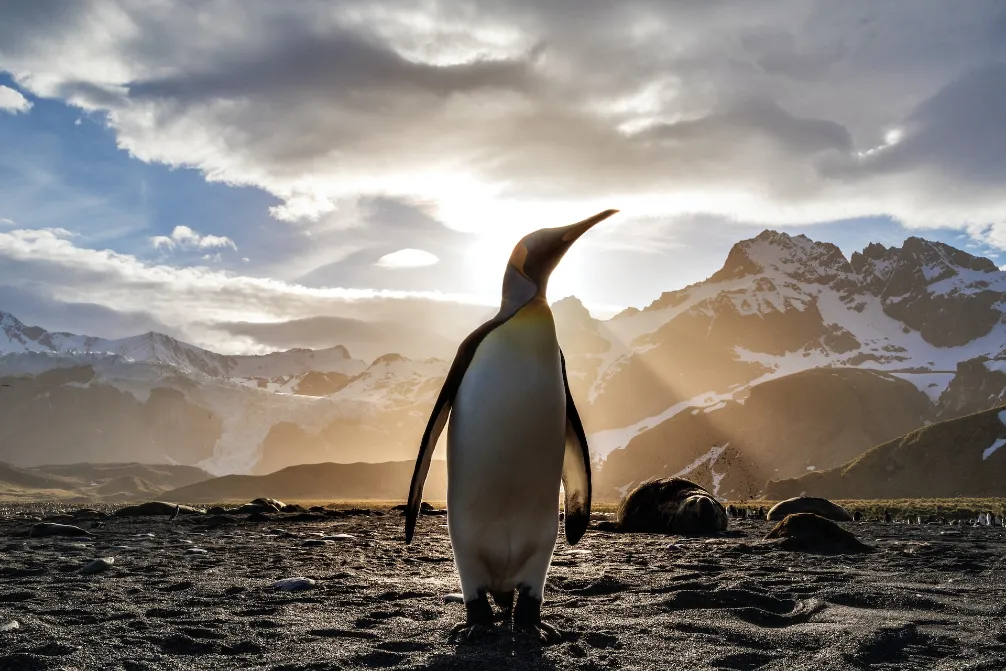
The North and South Poles are two of the most fascinating and mysterious places on Earth. Located at the extreme ends of the planet, they are home to unique and diverse ecosystems that are adapted to harsh conditions. The poles are also important for scientific research and tourism.
The North Pole
The North Pole is located at the center of the Arctic Ocean. It is not a fixed point, but rather a floating sheet of ice that is constantly moving. The climate at the North Pole is extremely cold and dry, with average temperatures of around -40 degrees Celsius.
The wildlife at the North Pole is adapted to the harsh conditions. Some of the animals that live in the Arctic include polar bears, seals, whales, and walruses. The North Pole is also home to a variety of plants, such as mosses, lichens, and algae.
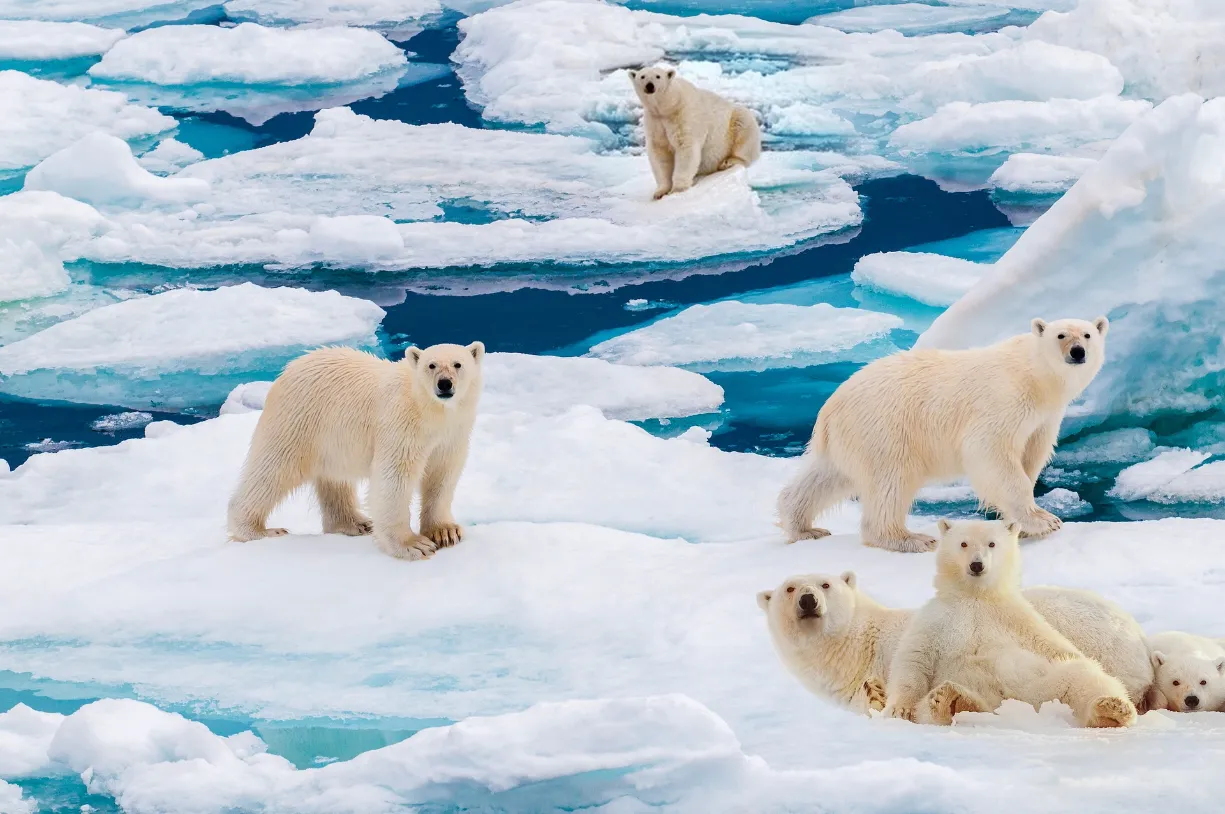
The North Pole has been a place of fascination and exploration for centuries. The first person to reach the North Pole was Robert Peary in 1909. Today, the North Pole is a popular destination for scientific research and tourism.
The South Pole
The South Pole is located at the center of the Antarctic continent. It is covered in a thick sheet of ice that is over 2 miles deep. The climate at the South Pole is extremely cold and dry, with average temperatures of around -50 degrees Celsius.
The wildlife at the South Pole is also adapted to the harsh conditions. Some of the animals that live in the Antarctic include penguins, seals, whales, and albatrosses. The South Pole is also home to a variety of plants, such as mosses, lichens, and algae.
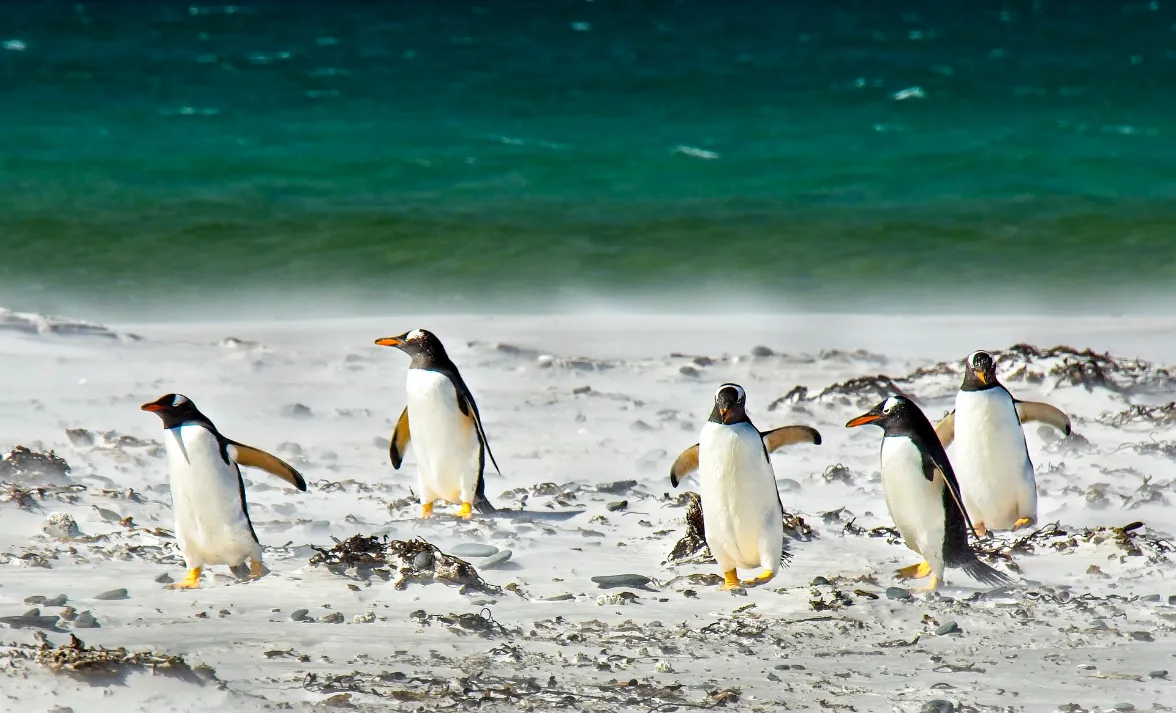
The South Pole was even more difficult to reach than the North Pole, due to its remote location and extreme conditions. The first person to reach the South Pole was Roald Amundsen in 1911. Today, the South Pole is a popular destination for scientific research and tourism.
Similarities and differences between the North and South Poles
Despite their differences, the North and South Poles have many similarities. Both poles are located at the extreme ends of the Earth and have extremely cold and dry climates. Both poles are also home to unique and diverse ecosystems that are adapted to the harsh conditions.
However, there are also some important differences between the two poles. The North Pole is covered in sea ice, while the South Pole is covered in land ice. The wildlife of the Arctic and Antarctic is also quite different. For example, polar bears are found in the Arctic, while penguins are found in the Antarctic.
The importance of the North and South Poles
The North and South Poles are important for a number of reasons. They play a vital role in regulating the Earth’s climate. They are home to unique and diverse ecosystems. They are also important for scientific research and tourism.
The North and South Poles are also important for cultural and spiritual reasons. Many indigenous peoples around the world have strong connections to the poles. For example, the Inuit people of the Arctic believe that the North Pole is the home of the goddess Sedna.
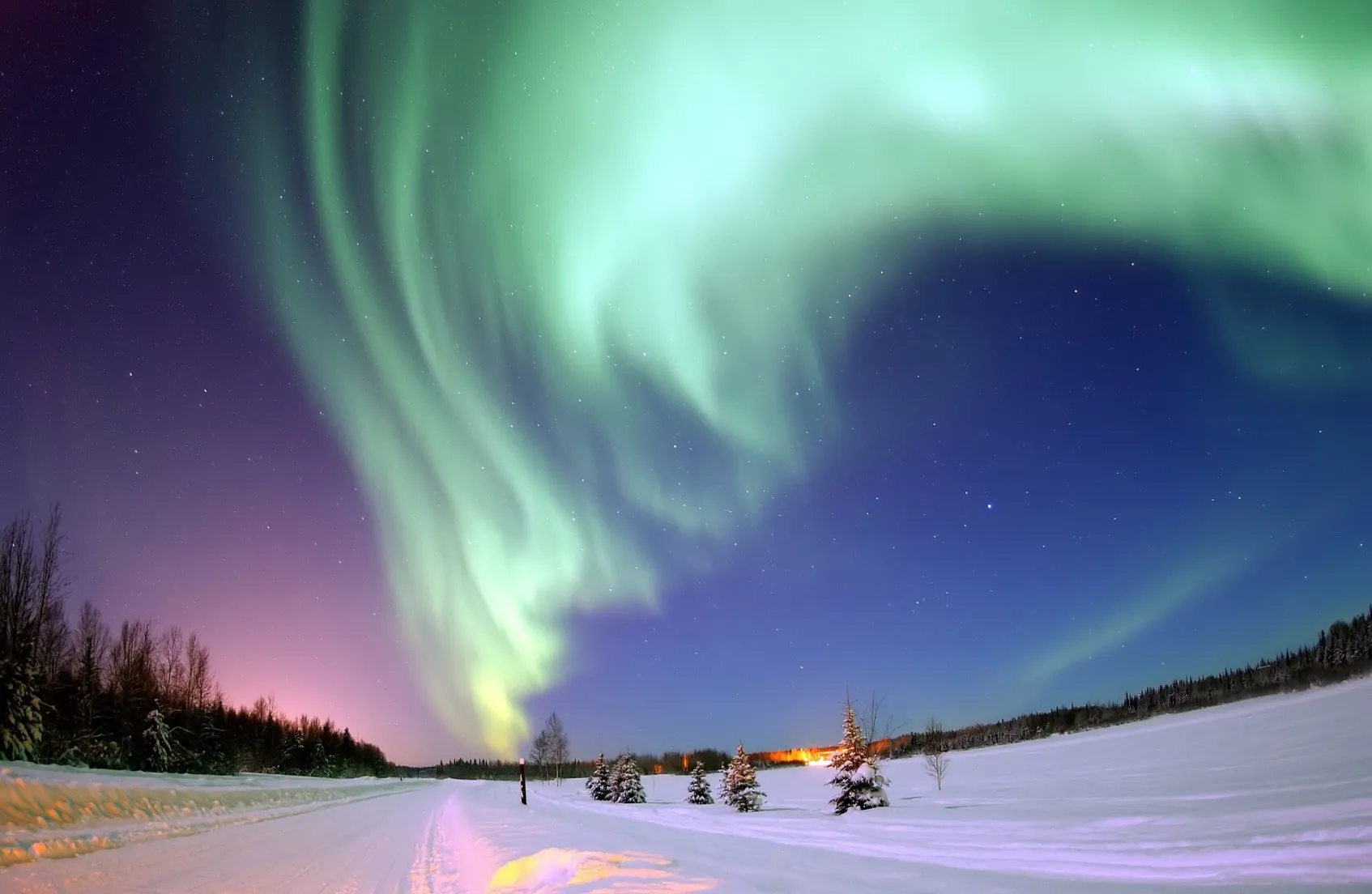
The future of research and exploration at the poles
Climate change is having a major impact on the North and South Poles. The sea ice at the North Pole is melting at an alarming rate, and the ice sheet at the South Pole is also shrinking. This is causing a number of problems, including:
- Rising sea levels: As the ice melts, it contributes to rising sea levels, which threatens coastal communities around the world.
- Changes in weather patterns: The melting ice is also changing weather patterns around the world, leading to more extreme events such as heat waves, droughts, and flooding.
- Impact on wildlife: The melting ice is having a devastating impact on Arctic and Antarctic wildlife.
For example, polar bears are losing their habitat and food sources as the sea ice melts.
In addition to these problems, climate change is also making it more difficult to conduct research and exploration at the poles. The melting ice is making it more dangerous to travel to and from the poles, and it is also making it more difficult to conduct research on the ice.
Despite the challenges, scientists are continuing to study the North and South Poles. They are working to better understand the impacts of climate change and to develop solutions to address this problem. Scientists are also exploring new ways to conduct research at the poles, such as using drones and submarines.
Conclusion
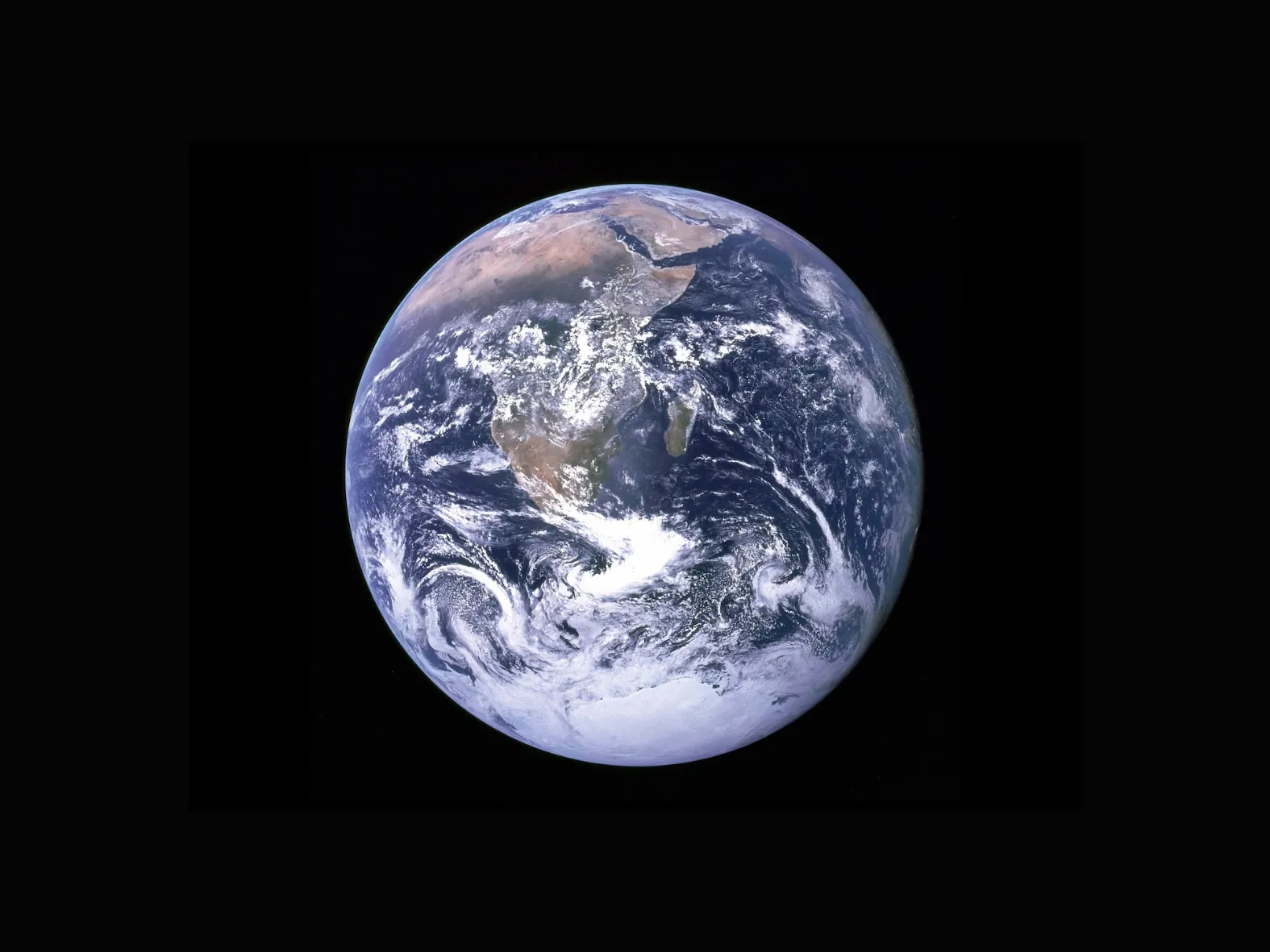
The North and South Poles are two of the most fascinating and important places on Earth. They are home to unique and diverse ecosystems that are essential for the health of the planet. The poles are also important for scientific research and tourism.
We must protect the North and South Poles from the impacts of climate change. By working together, we can ensure that these amazing places are preserved for future generations.








